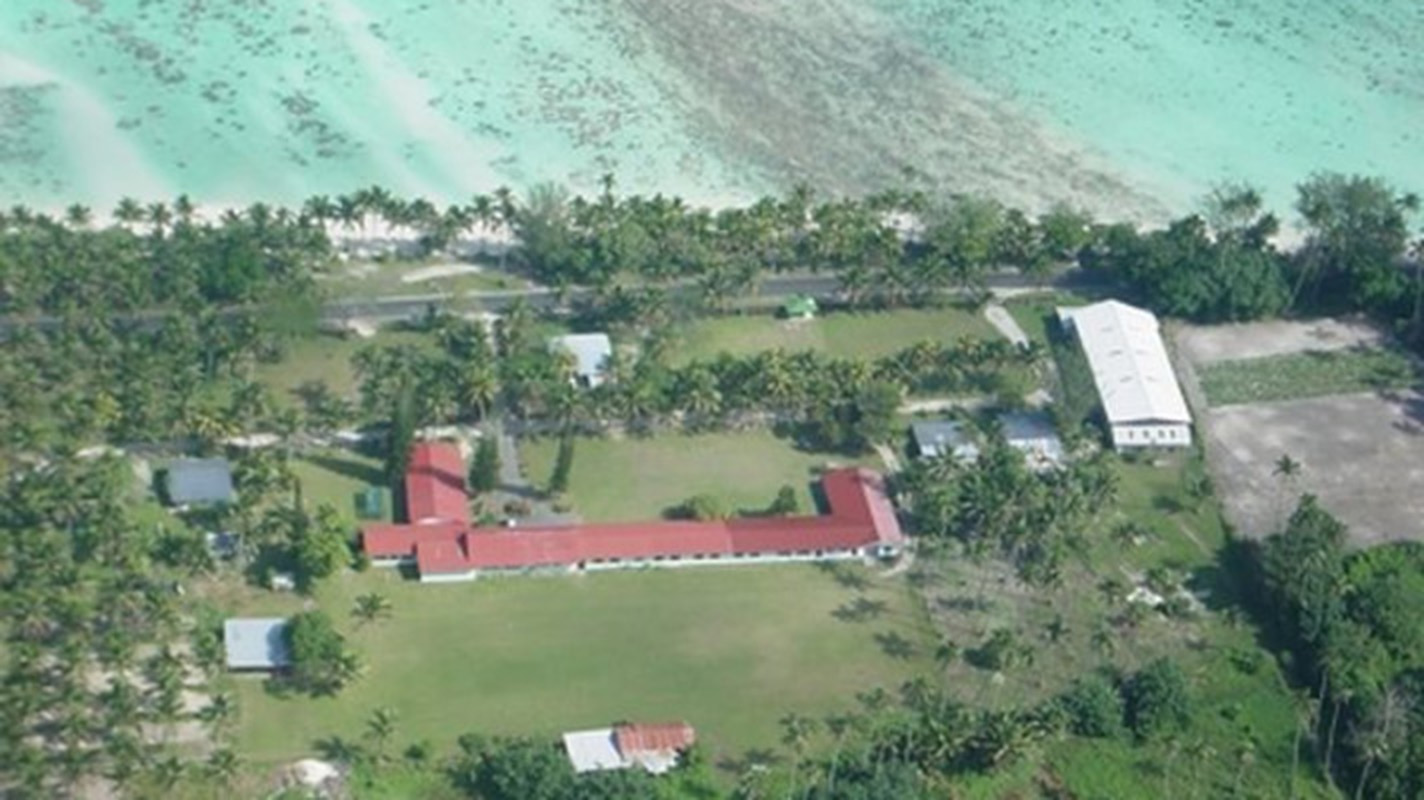Papa’aroa Adventist College is located at Titikaveka, on Rarotonga, Cook Isands. It offers classes from elementary level to grade 10 and is administered by Cook Islands Mission, in the New Zealand Pacific Union Conference.
Harold and Madeline Wicks served two mission terms in the Cook Islands, 1915 through 1920 and 1927 through 1938. They became friends of their Roman Catholic neighbours, Mr and Mrs Brown, New Zealand owners of the plantation called Papa’aroa, to the west of Titikaveka Adventist Church. When Mr Brown passed away, his wife returned to New Zealand, leasing the property long-term to the Mission. Arthur Jacobson arrived as a replacement for Wicks and took command of Mission activities. It was on the plantation that he began classes in 1938, teaching Bible and English. The enterprise was virtually self-supporting because of the sale of coconuts, oranges and bananas that he shipped from the plantation to New Zealand markets. The students spent afternoons cultivating their own food such as sweet potatoes, taro and tomatoes. It became known as Cook Islands Training School.
Lionel Maxwell succeeded Jacobson through the uncertain war years, 1941/1942, the school functioning intermittently until James Cormack arrived in 1943 to devote much of his time to strengthening the program. Joseph Vati assisted him, enabling the curriculum to be extended to homiletics, British history and singing. The English classes were an advanced level, and the chosen Bible subject was Daniel and Revelation.
In 1946 Nelson Palmer taught the students, followed by Donald Watson for a three-year term. Vati continued to assist and was joined by Henry Moala. Successive principals during the 1950s were John Cernik, Joseph Miller, Kenneth Gray, Roy Wilkinson and Robert Gotts.
The name of the school was altered in the early 1960s to Cook Islands Missionary School. During this decade the entire annual staffing was sometimes drawn from national teachers (with only two expatriate teachers during the time), and finances continued to be significantly enhanced by the sale of plantation fruit to New Zealand.
A further name change was made in 1977 when the institution became known as the Papa’aroa Central School, retaining the Maori name of the plantation property. In the Maori language papa is interpreted “broad flat earth covered with vegetation”, and aroha is interpreted “love”. The name Papa’aroa College was adopted in 1981 when some high school levels were added. Athol Grosse became the principal, assisted by eight Cook Islanders. The first national principal, Teina Taivairanga, was elected in 1987. By this stage the top high school level offered at the institution was form 2. It was, therefore, essentially a junior high school, its position better reflected in yet another name change in 2003 to Papa’aroa High School, when Gregory Taikakara was principal.
In the past four decades the Papa’aroa school has been the recipient of generous charity from church members. Peter Kilgour, a member of Dundas church in Sydney, taught as a volunteer at Papa’aroa during 1979 and returned to promote the needs of the school. His fellow members donated a wood-turning lathe and also raised more than $A4,000 for the school by conducting a music festival. In 1982, 15 volunteers from New Zealand, some Cook Islanders among them, built a new elementary block of three rooms in addition to a library and toilet facilities. A second team went from Avondale College to do painting and major repairs in 1993. Seven sewing machines were donated by Australian church members in 2003. Mountain View Adventist College in Sydney, where there is a strong Cook Island presence, donated a minibus in 2017. Not all gifts have come from overseas. A local baker, Rau Atuatika and his wife, Tui, who are Adventist owners of Turoa Bakery at Titikaveka, donated bread rolls to the school tuck shop for years.
The year 1981 was notable for its academic achievements. Papa’aroa College at the secondary level received the highest pass rate in the Cook Islands. One student gained the highest score in geography.
Current principal Harry Neale reports that teaching staff are well qualified and students demonstrate a keen interest to learn. The core values of the school are “Grow, Learn and Serve”. In 2018 there were seven teachers for 120 students ranging from elementary to grade 10 high school level.





